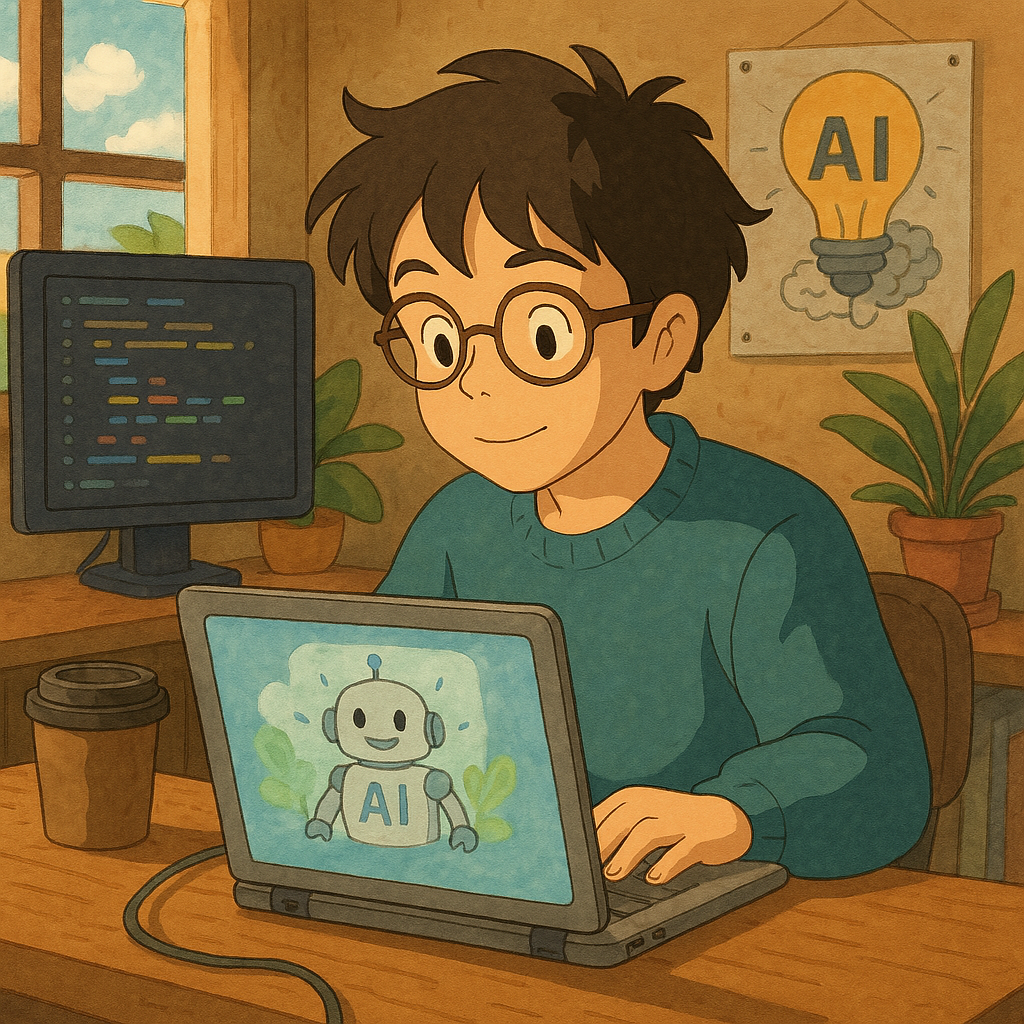Vibe Coding: The Future of Dev, or Just a Buzzword Generating Buzz?
 Nitesh Singh
Nitesh SinghTable of contents

But is it a genuine revolution, destined to redefine development, or just another fleeting tech buzzword? Let's dissect the hype and explore the reality.
What's the Buzz About?
At its core, vibe coding, or AI-assisted coding, involves using natural language prompts to instruct AI models to generate code. Imagine simply describing your desired functionality in plain English, and the AI translating that into working code. This promises accessibility and speed, potentially opening software development to a wider audience.
The Allure: Genuine Potential or Just Hype?
The potential benefits are undeniable:
Lowering the barrier to entry, allowing non-coders to create.
Speeding up prototyping and development cycles.
Freeing developers from tedious, repetitive tasks.
However, the question remains: does this translate to a fundamental shift, or is it merely a convenient tool?
The Reality Check: Vibe Coding vs. Traditional Development
To discern the truth, we must compare vibe coding with established development practices:
Control vs. Convenience: Traditional coding offers granular control, essential for complex systems. Vibe coding prioritizes speed and accessibility, potentially sacrificing precise control.
Expertise vs. Efficiency: Traditional development demands deep technical knowledge. Vibe coding aims to simplify, but expertise remains crucial for complex problem solving and debugging.
Complexity vs. Simplicity: While useful for rapid prototyping and simple tasks, vibe coding's current limitations hinder its applicability to large-scale, intricate projects.
The Verdict: A Powerful Tool, Not a Replacement
The answer, it seems, lies in nuance. Vibe coding is not a silver bullet, destined to replace traditional development. Instead, it's a powerful tool, augmenting existing workflows.
It excels at rapid prototyping, automating boilerplate code, and enabling non-developers to create simple tools.
It empowers developers to focus on higher-level problem-solving, freeing them from mundane tasks.
However, for complex, mission-critical systems, traditional coding remains indispensable.
The Future: A Symbiotic Relationship
The future likely involves a symbiotic relationship between vibe coding and traditional development. AI-powered tools will streamline workflows, automate tasks, and enhance productivity, while skilled developers will remain essential for complex design, architecture, and problem-solving.
So, is vibe coding a buzzword?
Yes, in the sense that it's generating significant attention. But is it just a buzzword?
No. It represents a genuine evolution, albeit one that complements, rather than replaces, traditional development practices.
Subscribe to my newsletter
Read articles from Nitesh Singh directly inside your inbox. Subscribe to the newsletter, and don't miss out.
Written by

Nitesh Singh
Nitesh Singh
M365 Full Stack Developer - Experience in Azure, SharePoint SPFX, .NET, and React Full Stack Development, Driving Innovation and Digital Transformation Across Diverse Industries